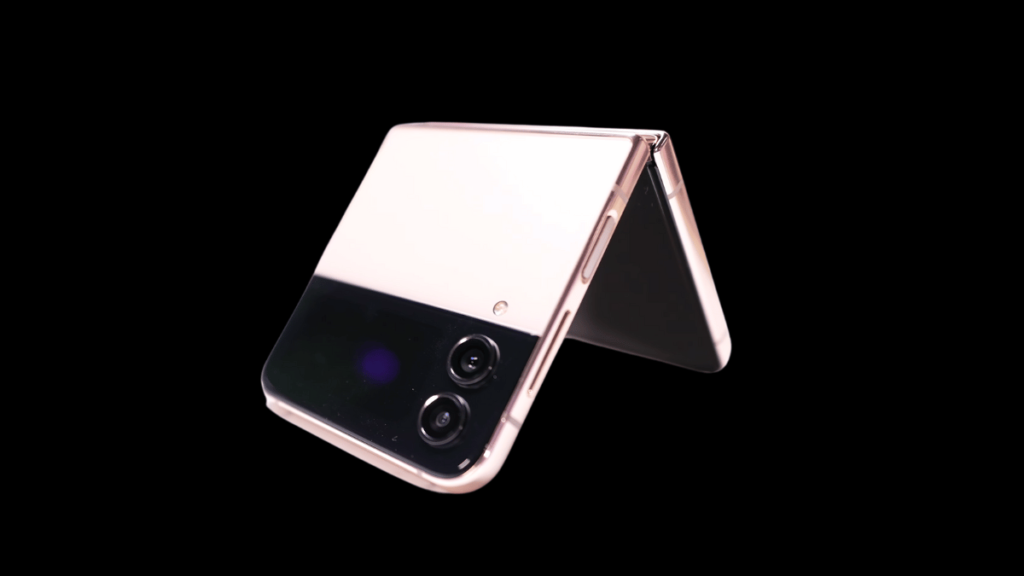The world of high-performance laptops has been revolutionized with the arrival of the 50 series laptops. Among the most notable releases are Alienware’s 18-inch Area 51, the ultra-thin Razer Blade 16, HP’s impressive Omen Max 16, and Asus’ ROG Strix Scar 16 and 18. Each of these devices showcases cutting-edge design and top-tier performance, making them some of the most exciting gaming and workstation laptops of the year.
One of the most striking updates comes with Alienware’s Area 51, which has undergone a complete redesign. It features an eye-catching color scheme, a laser-like trackpad, and a glass bottom panel that provides a glimpse into its powerful internals. Meanwhile, the Razer Blade 16 has been engineered for ultra-thin portability without compromising power, featuring a 5090 GPU in the slimmest profile seen yet. HP has also stepped up its game with the Omen Max 16, a laptop that stands out as one of the best HP has delivered in recent years. This model introduces a new reversible fan technology, enhancing cooling efficiency and extending overall performance. Asus continues its legacy with the ROG Strix Scar 16 and 18, which now offer a tool-free removable bottom panel, making upgrades and maintenance easier than ever.
Beyond design and aesthetics, the 50 series laptops bring substantial performance gains. The 5090 GPU provides an estimated 8 to 10 percent improvement over the previous 4090, while the 5080 achieves a performance boost of around 10 to 15 percent over its predecessor, the 4080. Although the raw rasterization performance increase isn’t groundbreaking, the real advantage of these new GPUs lies in their ability to leverage Nvidia’s latest advancements in deep learning super sampling (DLSS) technology.
DLSS 4 introduces transformative enhancements that optimize frame rates and overall gaming experiences. With DLSS Super Resolution, games benefit from improved frame rates and sharper image quality, all while keeping input latency in check. The latest iteration of Nvidia’s frame generation technology inserts AI-generated frames between native ones, significantly boosting performance. This innovation is particularly valuable for power-limited gaming laptops, where high-performance gaming is traditionally constrained by thermal and wattage limitations.
However, while DLSS offers undeniable improvements, it remains a subject of debate among purists who prioritize raw rasterization performance. Enthusiasts accustomed to high-performance desktop GPUs may be more sensitive to the minor latency increases introduced by frame generation. Nonetheless, in the laptop space, where power constraints limit hardware potential, the advantages of DLSS outweigh its downsides. Games like Cyberpunk 2077 experience massive improvements, transforming unplayable frame rates into smooth, immersive experiences with significantly reduced input latency.
Despite these advancements, frame generation remains a polarizing feature. While some gamers embrace the technology for smoother gameplay, others, particularly those playing fast-paced competitive shooters, may find the added latency undesirable. In slower-paced games, such as Hogwarts Legacy and Cyberpunk 2077, the technology shines, delivering an optimal balance between visual fidelity and performance. As with any gaming enhancement, the subjective experience varies from player to player, with personal sensitivity playing a crucial role in how frame generation is perceived.
When considering the 50 series laptops, pricing remains a significant factor. The 5080 and 5090 models launched at $2,200 and $2,900, respectively. Among the reviewed models, the HP Omen Max 16 emerges as a strong contender for best value, offering high performance at a more affordable price point. Meanwhile, the ROG Strix 16, equipped with a 5080 configuration, is priced at $3,300. With new models and configurations yet to hit the market, determining the best overall value remains a challenge.
For those looking to upgrade immediately, the best deals are still found in the 40 series laptops, particularly from sales events like Black Friday in 2024. The pricing of new-generation laptops is affected by tariffs and increasing hardware costs, making it essential for buyers to carefully evaluate their options based on their gaming and performance needs. As more reviews and benchmarks emerge, a clearer picture will form regarding the long-term viability and value proposition of the 50 series laptops.


